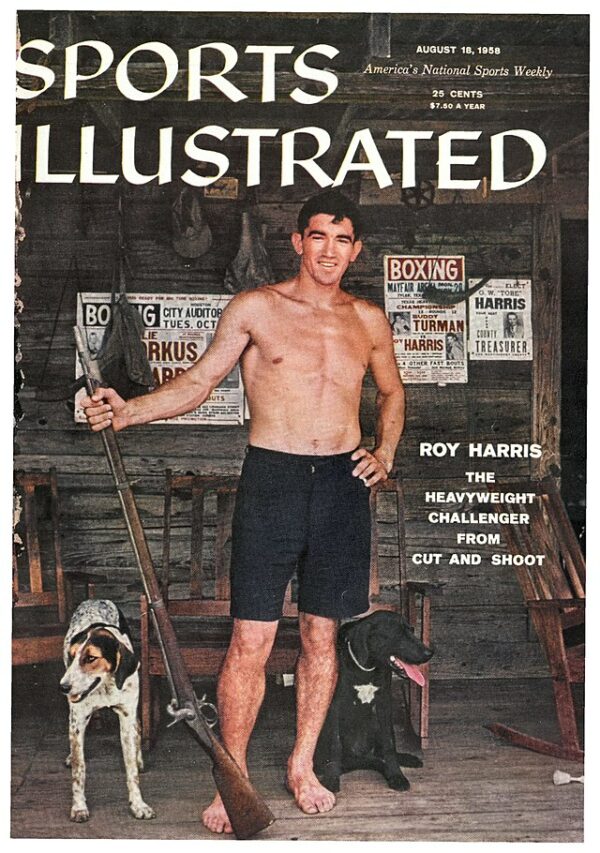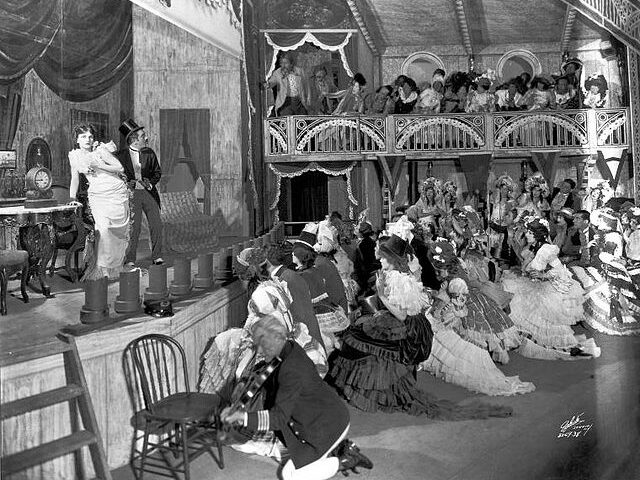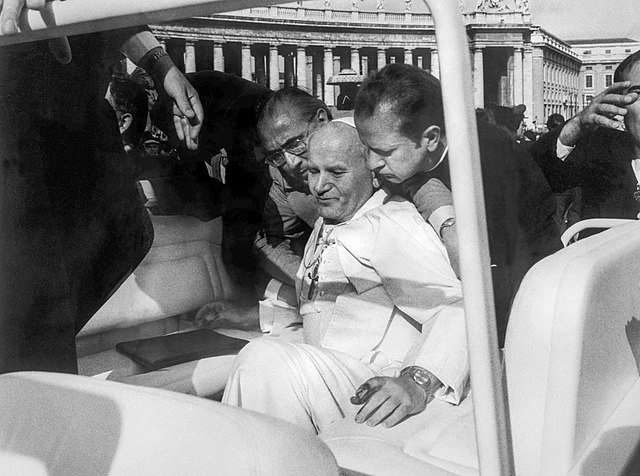On August 15, 1954, Americans got their first ever copy of their new favorite magazine, Sports Illustrated. The initial cover photo snapped by Mark Kauffman on June 9, 1954 showed Milwaukee Braves slugger Eddie Mathews taking a swing against the New York Giants while the crowded Milwaukee County Stadium grandstands rise in the background.
Sports Engine notes that “in perhaps the first-ever instance of the “Sports Illustrated Cover Jinx”, the Braves lost that day’s game to the Giants 4-0, and both franchises would leave their respective cities within a dozen years. Also of note, that first issue of Sports Illustrated did not include a story about the game or the Milwaukee Braves.”
Today In 1954: The first issue of Sports Illustrated is published! The front cover shows Milwaukee Braves slugger Eddie Mathews in mid-swing, along with New York Giants catcher Wes Westrum & umpire Augie Donatelli at County Stadium! #MLB #Baseball #History pic.twitter.com/NlWz1fbQk9
— Baseball by BSmile (@BSmile) August 16, 2022
The world-famous magazine was not created by someone who loves sports, but instead by someone who understood the public. “Henry Luce, the creator of Time magazine, was not a sports fan. But he believed in the early 1950s that the American media landscape was missing something: a Time-like magazine dedicated to sports. Although many of his advisors considered sports a frivolous topic and tried to talk him out of the idea, the media magnate got his way,” writes The History Channel.
“For more than a decade after it was first published, Sports Illustrated failed to turn a profit. Its inaugural edition contains some clues as to why: Coverage ranged from a puff piece on the Duke of Edinburgh to a guide on how to buy a puppy and a piece on poison ivy by a doctor who speculated that its leaves might make for a good salad. The magazine continued to be somewhat erratic, favoring elite leisure sports over more popular sports for years after its inception.
But things changed when seasoned reporter Andre Laguerre took over as managing editor in 1960. Laguerre brought structure to the magazine and shifted its focus to the major sports, such as baseball and football, whose popularity was exploding in post-war America, thanks largely to the proliferation of television. Within a few years, SI was profitable, and by the 1970s it became a go-to source for American sports news, retaining its strong brand and reputation for sterling journalism well into the age of ESPN and digital media.”
Sports Illustrated became the nation’s favorite weekly sports resource because it hired some of the best sports writers around, like Frank Deford, Dan Jenkins, Steve Rushin, Rick Reilly, Peter King, and countless others who won fame and awards discussing American athletics.
Throughout its history, Sports Illustrated pioneered sports journalism. The magazine’s annual Swimsuit Issue, introduced in 1964, turned into a cultural phenomenon, featuring models and celebrities in exotic locations and expanding the publication’s reach beyond just sports enthusiasts. Over the decades, the magazine featured iconic sports moments and captured the achievements of legendary athletes, contributing to its reputation as a trusted source for sports news and analysis.
Almost every sports fan has bought the Sports Illustrated with their team winning a championship on the cover as a favorite keepsake.
In the digital age, Sports Illustrated faced challenges like many print publications, but it adapted to the changing media landscape by launching its website and exploring multimedia content. The magazine continues to provide in-depth coverage of various sports, investigative stories, and human-interest features. In recent years, Sports Illustrated underwent ownership changes and shifts in its business model, emphasizing its digital presence and expanding into video content and podcasts to remain relevant in an evolving media landscape. Despite these changes, the magazine’s legacy in sports journalism endures and its impact on sports culture continues to be felt by sports fans and enthusiasts across the globe.






